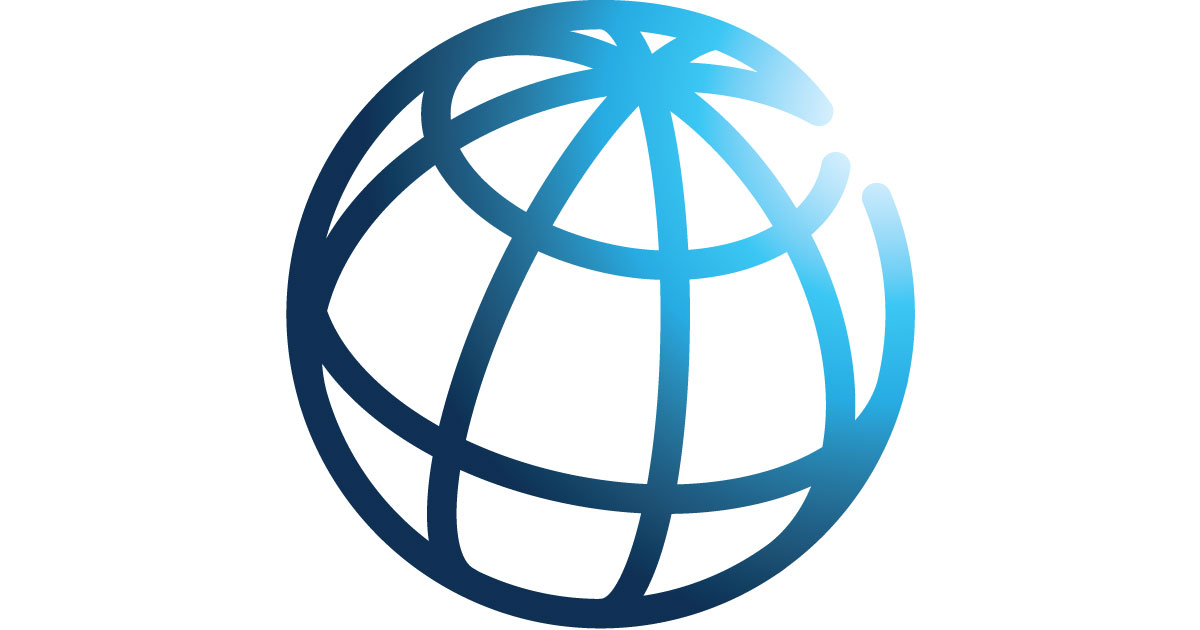Taliban Secrecy Obscures Afghanistan’s Economic Reality
 Michael Hughes
Michael Hughes
January 28, 2023
A newly-released World Bank assessment suggests economic conditions in Afghanistan are improving just as UN agencies are warning that the country is on the verge of “systemic collapse.” Making the dilemma even more mysterious is the Taliban’s lack of transparency – for if business is booming, why isn’t the cash flowing to those in need?
The World Bank’s latest Afghanistan Economic Monitor report, dated January 25, claims that inflation is down, exports are up, the Afghani is stabilizing, while most food and non-food items remain “widely available.”
Some have suggested that the Taliban are less corrupt than the previous Ghani administration – which, in fact, is not saying much. However, even if the Taliban have streamlined operations a bit and business is expanding, it is practically impossible to trace the revenue stream. A large portion of revenue derives from taxes collected at the border and the coal mining royalties, but what happens to the inflow seems a mystery to most Afghans living below the poverty line. And lord knows what the true figures are in terms of private investment.
On top of the fact the larger picture is getting missed by shining a light on a small set of indicators, the World Bank’s near-term numbers overall just don’t add up. GDP, which fell by over 20% in 2021 to $14.79 billion is projected to sink by over 30% in 2022, which implies a GDP target of just over $10 billion. However, based on the new data, it is hard to envision Afghanistan even surpassing that level.
Internal revenue collected, if annualized, would roughly equal just over $2 billion. Exports have increased to $1.7 billion in the first nine months of the fiscal year, but imports could be twice that figure when it is all said and done.
Truth be told, it is impossible to even get a pulse reading on the economy without more and better data. The World Bank in its January Global Economic Prospects report did not even bother to provide Afghan GDP growth projections for 2022 “because of the high degree of uncertainty.”
A DIFFERENT REALITY
The numbers do not reflect hard anecdotal evidence – that is, how Afghans are actually living. The most shocking figure in the World Bank’s latest “monitor” was that reported food availability in December was at 98%. This comes in stark contrast to the data being rolled out by a number of other UN organizations. On Thursday, the UN food agency said Afghanistan continues to experience record high levels of malnutrition, just a few days after the UN’s humanitarian office sounded alarms over poverty levels.
“Afghanistan is facing an unprecedented humanitarian crisis with a very real risk of systemic collapse and human catastrophe,” the UN Office for the Coordination of Humanitarian Affairs (OCHA) said in a report released on Monday. “In the absence of development activity, the Afghan people are experiencing a backwards slide.”
The figure of those needing aid in 2022 rose by 16 percent to 28.3 million people, which represents nearly 66 percent of the population, including some 17 million facing acute hunger. Meanwhile, the report added, the population is expected to grow at a 2.3% clip annually, marking one of the steepest rates in the region. Moreover, the UN agency warned, conditions could grow even more devastating.
“Deterioration is expected in the first quarter of 2023 due to the simultaneous effects of winter and the lean season, sustained high food prices, reduced income and unemployment and continued economic decline,” the report said.
The rural poor aren’t the only ones having a hard time, for the urban class is also struggling due to longer and more frequent power outages. For example, the country’s utility is only supplying Kabul with 30 percent of its electricity requirements, according to Ariana News.
Many Afghans interviewed are not seeing economic conditions improving and feel a collapse is coming – and they are not delighted about it. And many feel the source of the problem starts at the top. Experts told Radio Free Europe/Radio Liberty this week that Taliban supreme leader Mullah Haibatullah Akhundzada’s bid to create a “pure” Islamic system has alienated many Afghans and is steering the country down a destructive path. In addition to the humanitarian and economic crises, the report said the approach could unleash a new civil war.
In the end, despite the World Bank seeming to indicate otherwise, Afghanistan from an economic and humanitarian standpoint seems headed in the wrong direction. Plus, as they say – garbage in, garbage out – and the World Bank data sets have a ton of holes. And the data needs to be put into context. Inflation and bank withdrawal figures might be coming down or going up but the measures mean little to those requiring emergency care in order to literally survive the week.
Then again, given the lack of transparency, the real answer might just be: nobody knows. Well, that is, except probably the Taliban.
